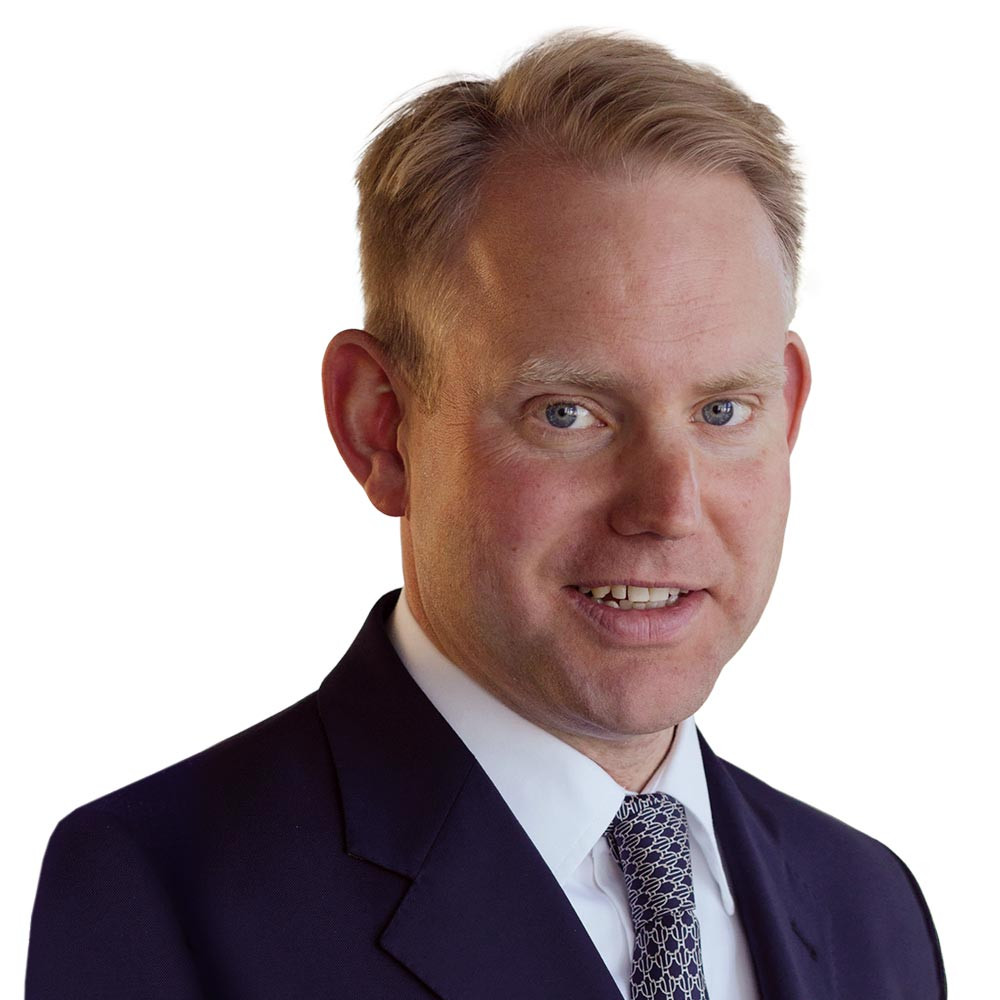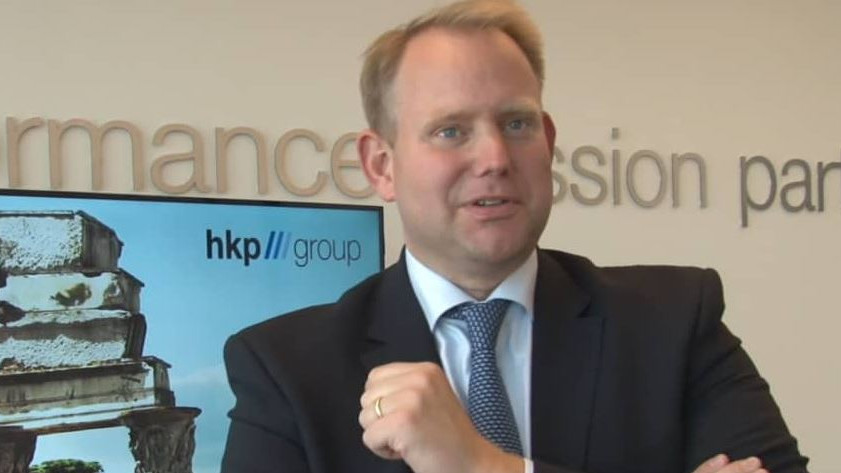Johannes Brinkkötter: Indeed, the event’s title, “Evergeen or relic”, hints that we may be contending with a a concept that has been phased out when it comes to the three-pillar model of Dave Ulrich's HR organization. But we don’t want to give the impression that things are as clear-cut as that, hence the question mark in the title. We consider it far more important to put a tried and tested model to the test against the backdrop of current developments. An academic publication has seldom had such a long-term influence on the establishment of a corporate function as the one by Dave Ulrich. That's not we can afford to ignore.
The model named after him still serves as a blueprint for many companies across the world today...
Johannes Brinkkötter: Indeed, his three-pillar model with the cornerstones of Business Partner, Centers of Excellence and Shared Services has undoubtedly made significant gains in efficiency possible for the HR organizational principle and made the HR role suitable for transactions and structural change projects that have characterized many companies over the past 20 years. This must, of course, be recognized.
Johannes Brinkkötter: Ulrich developed his model under completely different framework conditions as those that prevail today. The current extent of globalization, networking and, in particular, digitization was neither present nor foreseeable at the time. Over the course of ever-more dynamic markets and the demand for more agile organizations, the weaknesses of the model became more and more apparent - a process that is hardly surprising.
In your view, what are the weaknesses of the Dave Ulrich model?
Johannes Brinkkötter: In particular, the strong division of labor and too little customer-oriented preparation of the HR role has become outdated. While efficiency gains brought about through standardization and pooling formed a focal point in the past, this focus has shifted through digitization and technical options to increase the effectiveness of customer orientation and employee experience. Flexibilization and individualization are no longer the cost drivers they once were. In addition, against the backdrop of the strict three-way split of these pillars, companies have increasingly started to complain about an inadequate "One HR spirit".
Johannes Brinkkötter: Yes and no! We will no longer be seeing new launches of the organizational model in its pure form. But companies can’t and shouldn’t be throwing the baby out with the bathwater. After all, we’re in a period of transformation. Companies have to stay prepared for changes that test, discard, redevelop and find their own path. To that extent, the three-pillar model will continue to evolve.
In which direction will this evolution go?
Johannes Brinkkötter: HR roles are increasingly considering how they can perform in a more customer- oriented way. For example, the classic three-pillar model has been amended when it comes to recruiting in that the Competence Center and Service Delivery are integrated and that tasks in end-to-end units have been thought up and processed. Alternatively, HR experts work in interdisciplinary teams to come up with tailor-made solutions for external customers. Embedded HR is the keyword.
Johannes Brinkkötter: Anyone wanting to be quick and agile avoids leaving it until after the product development to consider whether new skills or labor models will be required for a successful product launch. HR experts are integrated directly into project or subject teams, with a time limitation and staffed differently according to requirements. This allows immediate, timely responses to business requirements from an HR perspective. Digitization means that the HR expertise required for these changes is available everywhere and at all times. At the same time, processes, administrative output and services run in a more automated manner.
Can HR departments succeed in digitizing and innovating within the classic three-pillar model?
Johannes Brinkkötter: Our consulting practice has shown that this is indeed being attempted by many companies, some of which are showing promising initial results. But the requirements of the business will reach a quality and dimension sooner rather than later, creating a need to break free of the column or pillar concept. The three-pillar model will certainly continue to exist beyond the year 2019. Despite this, the cornerstones will be rearranged and supplemented by more agile approaches, if not entirely replaced. If HR is aiming to reposition itself, or in other words, transform from a Process Guardian to an Employee Experience Designer, from HR Administrator to Organizational Developer, from Data Giver to Data User or basically from a Sheriff to a Navigator, we won’t be bidding farewell to the classic three-pillar model any time soon.
Mr. Brinkkötter, thank you for the interview.

